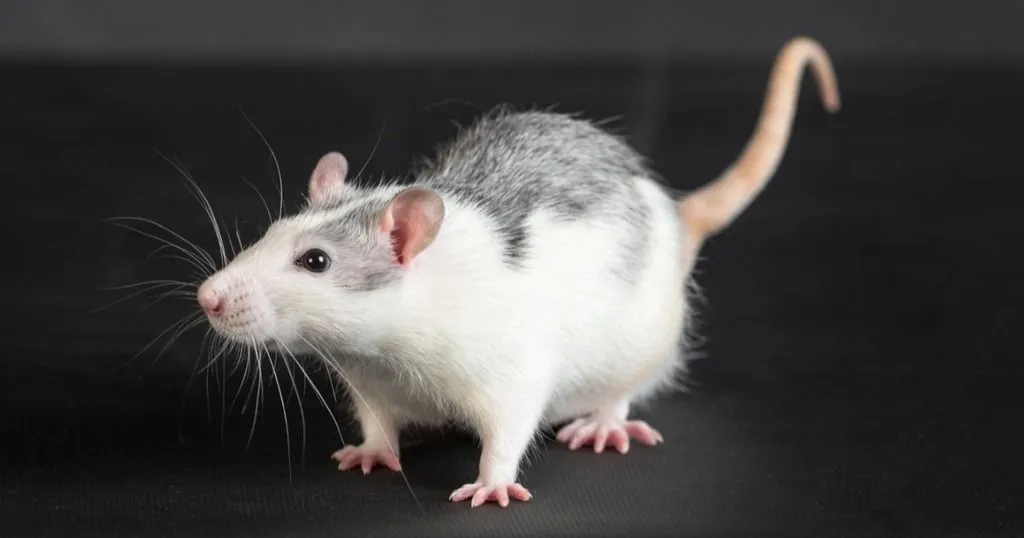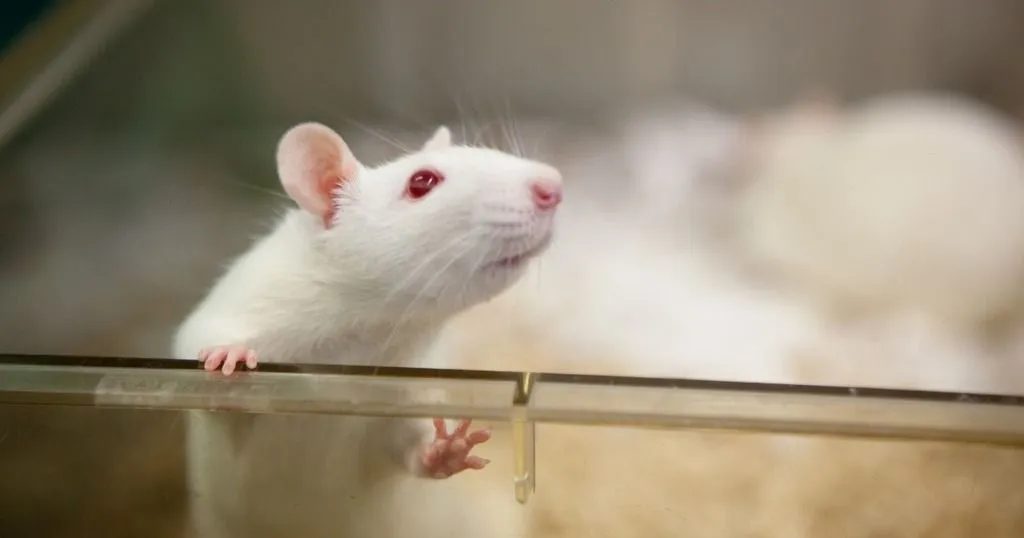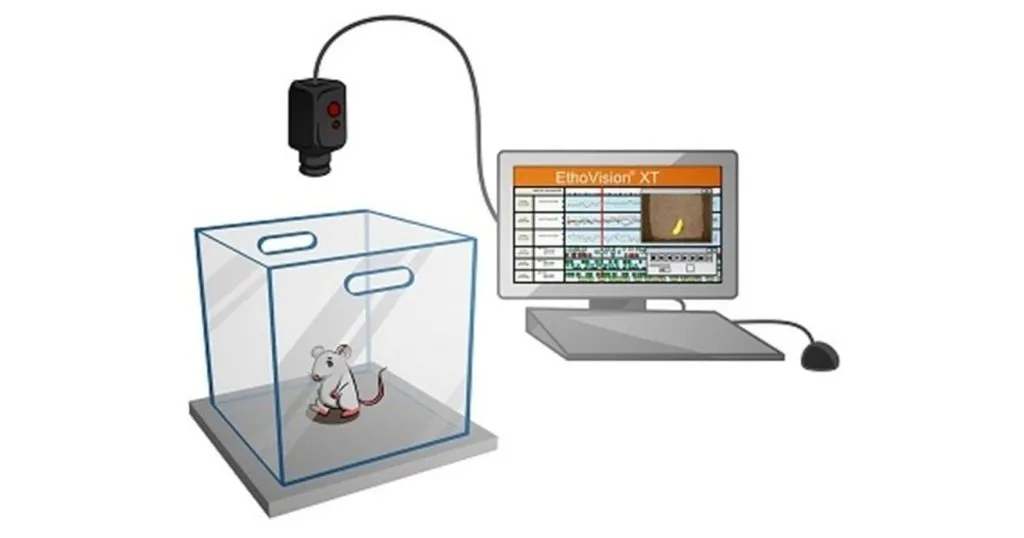How to get reliable results on object recognition using video tracking
In the beginning of this year I wrote a post about the Morris water maze test, a popular and well-validated paradigm to study learning and memory in rats and mice.
Posted by
Published on
Tue 12 Mar. 2013
Topics
| EthoVision XT | Learning And Memory | Mice | Novel Object Test | Rats | Video Tracking |
In the beginning of this year I wrote a post about the Morris water maze test, a popular and well-validated paradigm to study learning and memory in rats and mice. This blog is about another very popular test, the (novel) object recognition task.
Novel object recognition
This basic idea behind this test is simple; a mouse (or rat) spends more time and attention on a novel object than on a familiar one. If it doesn’t, then something must be wrong with its memory. Not surprisingly, the novel object test is a useful method to evaluate the efficacy of memory enhancing compounds [2,6,8].
There are many studies that investigate the basics of learning and memory, and the influence of factors such as gender, stress, and adolescence [4,5,9,10,11]. Then there are studies that focus on chemicals, such as metamphetamine [11] or nicotin. In fact, the nicotinic receptor is a target of many studies on disorders such as Alzheimer’s and Schizophrenia [7,8,12,13].
How does novel object recognition test work
The set-up of this test is straight-forward and flexible. In the first stage, the animal is trained, which means nothing more than the animal is allowed to explore two (or more) objects to get to know them.
After a waiting period, one of the objects is replaced by a new one and the animal is tested to see if it can tell the difference. The waiting period can vary, depending on whether short- or long-term memory is tested. In some cases, both durations of memory are tested. [2,9,10].
Automatic measurement of object recognition
Some researchers still believe that manual observation is the only reliable way to execute this test. However, several publications comparing manual against the automatic method, prove otherwise [1,2,4,9].
In fact, this test is easily automated. When you place a camera overhead, automatic video tracking takes care of monitoring the interest your rat or mouse shows in the different objects.
But, you want to make sure the animal shows actual interest in the object, faces it and explores it, instead of just accidentally being near it. In other words, knowing the location and position of your animal relative to the object is the only way to really tell if there is actual interest. Can automatic tracking do this?
Yes.
This answer came many years ago, and it lies in multiple body points tracking.
How researchers are using multiple body points tracking
Exploration of the object is defined as the animal either touching the object (with any body part, except for the tail) [3] or being in close proximity of the object. The latter is defined as facing the object within a small distance (e.g. 2 cm [3]), or the nose point being within the object zone, usually a couple centimeters around the object.
In some instances, you need to be more specific. For example, Benice and Raber [1] defined exploration as the nose point of the mouse being near the object (2-4 cm zone around the object) while the center point of the mouse was outside of this zone. This way, sitting on top of the object was not counted as interest in the object.
Smart data selection and analysis
To accomplish the automatic measurement of this variable, there are a few simple steps to take when you use software such as EthoVision XT with the Multiple Body Points tracking module.
First, define the zones around the objects. Then, after tracking, select your data. Narrow the results down to the data when the mouse has its nose point inside of the object zone, but its center point outside the object zone. Then total time spent or percentage of time spent that way is calculated automatically. To learn more about Multiple Body Points tracking.
Discover more about automating the novel object recognition test with EthoVision XT and other resources here. To read up on novel object recognition research, see the reference list below.
References
- Benice, T.S.; Raber, J. (2008). Object recognition in mice using nose-point digital video tracking. Journal of Neuroscience Methods, 168, 422-430.
- Chambon, C.; Wegener, N.; Gravius, A.; Danysz, W. (2011). A new automated method to assess the rat recognition memory: Validation of the method. Behavioural Brain Research, 222, 151-157.
- Chévere-Torres, I.; Maki, J.M.; Santini, E.; Klann, E. (2012). Impaired social interactions and motor learning skills in tuberous sclerosis complex model mice expressing a dominant/negative form of tuberin. Neurobiology of Disease, 45, 156-164.
- Cyrenne, D.M.; Brown, G.R. (2011). Effects of suppressing gonadal hormones on response to novel objects in adolescent rats. Hormones and Behavior,60, 625-631.
- Eiland, L.; McEwan, B.S. (2012). Early life stress followed by subsequent adult chronic stress potentiates anxiety and blunts hippocampal structural remodeling. Hippocampus, 22, 82-91.
- Grauer, S.M.; Pulito, V.L.; Navarra, R.L.; Kelly, M.P.; Kelley, C.; Graf, R.; Langen, B.; Logue, S.; Brennan, J.; Jiang, L.; Charych, E.; Egerland, U.; Liu, F.; Marquis, K.L.; Malamas, M.; Hage, T.; Comery, T.A.; Brandon, N.J. (2009). Phosphodiesterase 10A inhibitor activity in preclinical models of the positive, cognitive, and negative symptoms of schizophrenia. The Journal of Pharmacology and Experimental Therapeutics, 331, 574-590.
- Haydar, S.N.; Ghiron, C.; Bettinetti, L.; Bothmann, H.; Comery, T.A.; Dunlop, J.; La Rosa, S.; Micco, I.; Pollastrini, M.; Quinn, J.; Roncarati, R.; Scali, C.; Valacchi, M.; Varrone, M.; Zanaletti, R. (2009). SAR and biological evaluation of SEN1233/WAY-317538: Novel alpha 7 nicotin acetylcholine receptor agonist. Bioorganic & Medical Chemistry, 17, 5247-5258.
- Marquis, K.L.; Comery, T.A.; Jow, F.; Navarra, R.L.; Grauer, S.M.; Pulicicchio, C.; Kelley, C.; Brennan, J.A.; Roncarati, R.; Scali, C.; Haydar, S.; Ghiron, C.; Terstappen, G.C.; Dunlop, J. (2011). Preclinical assessment of an adjunctive treatment approach of cognitive impairment associated with schizophrenia using the alpha7 nicotinic acetylcholine receptor agonist WYE-103914/SEN34625. Psychopharmacology, 218, 635-647.
- McDowell, K.A.; Hutchinson, A.N.; Wong-Goodrich, S.J.E.; Presby, M.M.; Su, D.; Rodriguiz, R.M.; Law, K.C.; Williams, C.L.; Wetsel, W.C.; West, A.E. (2010). Reduced cortical BDNF expression and aberrant memory in Carf knock-out mice. The Journal of Neuroscience, 30 (22), 7453-7465.
- Roncarati, R.; Scali, C.; Comery, T.A.; Grauer, S.M.; Aschmi, S.; Bothmann, H.; Jow, B.; Kowal, D.; Gianfriddo, M.; Kelley, C.; Zanelli, U.; Ghiron, C.; Haydar, S.; Dunlop, J.; Terstappen, G.C. (2009). Procognitive and neuroprotective activity of a novel α7 nicotinic acetylcholine receptor agonist for treatment of neurodegenerative and cognitive disorders. The Journal of Pharmacology and Experimental Therapeutics, 329, 459-468.
- Siegel, J.A.; Park, B.S.; Raber, J. (2011). Long-term effects of neonatal methamphetamine exposure on cognitive function in adolescent mice. Behavioural Brain Research, 219, 159-164.
- Sydserff, S.; Sutton, E.J.; Song, D.; Quirk, M.C.; Maciag, C.; Li, C.; Jonak, G.; Gurley, D.; Gordon, J.C.; Christian, E.P.; Doherty J.J.; Hudzik, T.; Johnson, E.; Mrzljak, L.; Piser, T.; Smagin, G.N.; Wang, Y.; Widzowski, D.; Smith, J.S. (2009). Selective α7 nicotinic receptor activation by AZD0328 enhances cortical dopamine release and improves learning and attentional processes. Biochemical Pharmacology, 78, 880-888.
- Werkheiser, J.L.; Sydserff, S.; Hubbs, S.J.; Ding, M.; Eisman, M.S.; Perry, D.; Williams, A.J.; Smith, J.S.; Mrzljak, L.; Maier, D.L. (2011).Ultra-low exposure to alpha-7 nicotinic acetylcholine receptor partial agonist elecits an improvement in cognition that corresponds with an increase in alpha-7 receptor expression in rodents: implications for low dose clinical efficacy. Neuroscience, 186, 76-87.
Related Posts

How Automatic Rat Behavior Recognition was developed

How behavioral core facilities advance research

